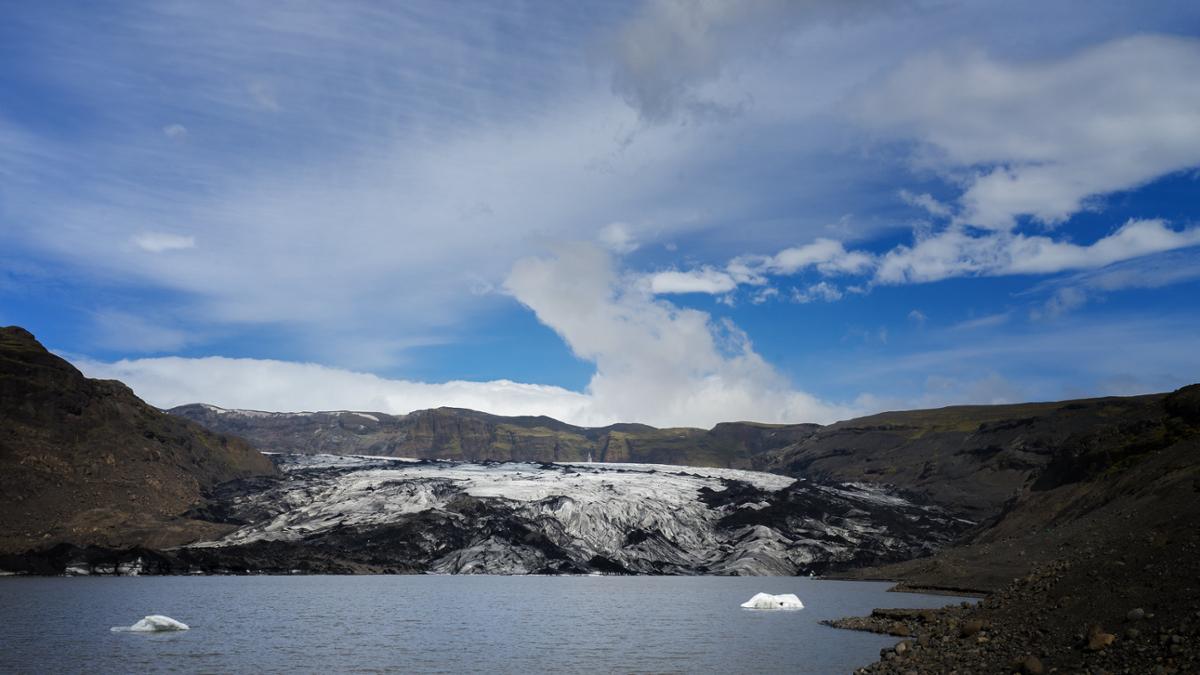D: Here’s a riddle for you, Yaël: What do 136,000 cows and a glacier flowing from an active, ice-covered volcano have in common?
Y: Uhhh, they both move really slowly?
D: I was thinking about the fact that they both release about the same amount of methane per day—at least when it’s warm out. Scientists calculated that the Sólheimajökull glacier in Iceland, which flows from the volcano Katla, releases up to 41 tons of methane from meltwater a day during the summer months.
Y: I think that’s a little too specific to make a good riddle, Don. But that is a surprising amount of methane for microbes to produce beneath the ice.
D: Researchers think the volcano might be helping. First, the heat from the volcano might be increasing water flow under the glacier, moving the methane out faster. And secondly, the volcano might be helping the methane stay methane. Usually, when methane comes into contact with oxygen, it’s converted to CO2 by methane-consuming microbes. So when meltwater, which has a lot of dissolved oxygen molecules, comes into contact with the glacier bed, the methane the microbes produce there is converted to carbon dioxide. But when meltwater meets the Sólheimajökull glacier bed, it also encounters gases from the volcano. Those gases reduce the amount of oxygen in the water, so the methane remains methane as it dissolves in the water and flows out of the glacier, from where it can enter the atmosphere and function as a potent greenhouse gas. Iceland and Antarctica are full of these glacier-covered volcanoes, so it’s something to keep an eye on.
Y: In the meantime, the microbes aren’t complaining.










